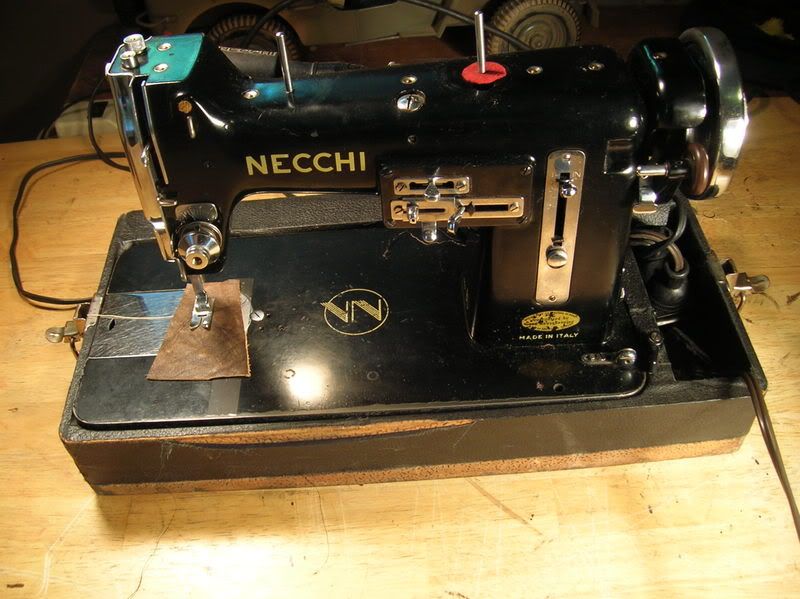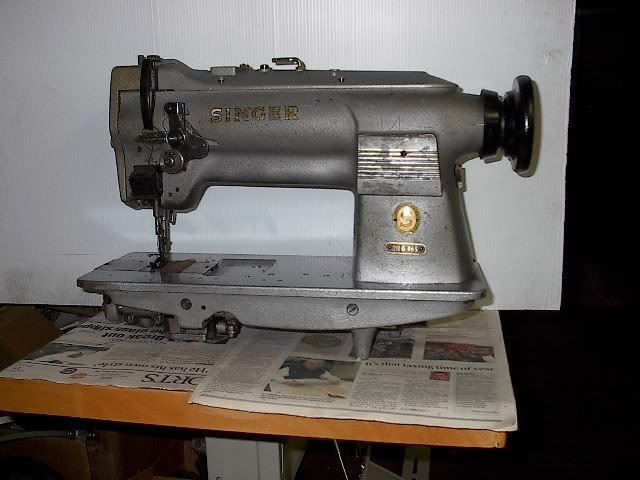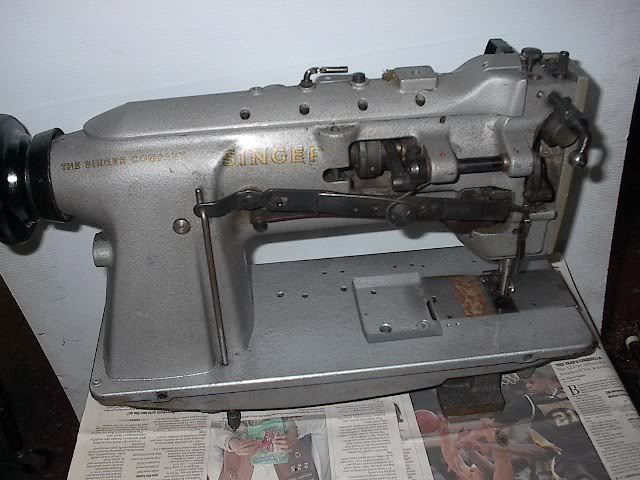UPDATE:CHECK THE LATER PAGES FOR MY RECENT WORK SINCE I STARTED THIS THREAD. BIG THANKS TO MARK,JEFF AND JOHN FOR ALL THEIR HELPFUL ADVICE.
My latest work.
Cream leather with gold piping (this was a very hard design) decorated with Brass round spots


Red black leather with patch pockets


Vest with detailed silhouette applique work



Black suede serpent jacket,lots of work went into this but worth it!



Black with round spots (will make more of this in different colors soon)


Also i just finished this large buffalo hide duffel bag..This is the first bag i've ever made,working on more designs.

My latest work.
Cream leather with gold piping (this was a very hard design) decorated with Brass round spots


Red black leather with patch pockets


Vest with detailed silhouette applique work



Black suede serpent jacket,lots of work went into this but worth it!



Black with round spots (will make more of this in different colors soon)


Also i just finished this large buffalo hide duffel bag..This is the first bag i've ever made,working on more designs.

















